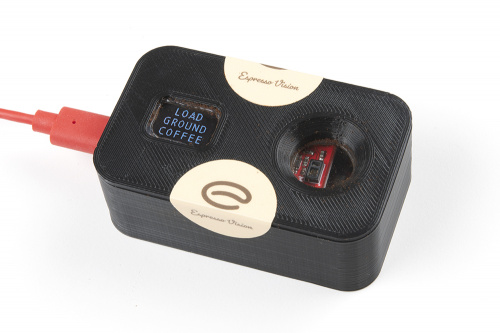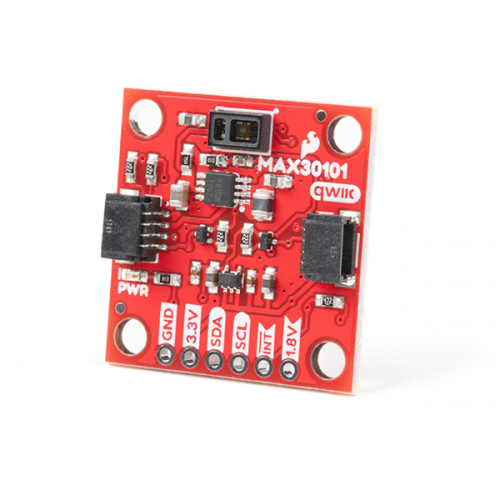Zach Halvorson has always had a tenacity for combining his passion for coffee with his academic interests in computer vision and photonics. He’s built a variety of projects that incorporate coffee with technology thus far, including a home roaster made out of a popcorn air popper, coupled with a remote switch, Arduino, AC dimmer and thermocouples.
He is fascinated with the intersectionality of coffee and tech. “As an engineering student with a passion for coffee, finding ways to design new tools and apply my skill set and background is something I’ve enjoyed doing and have found to be incredibly self-motivating," he said. "The coffee industry has a long history, yet still there are endless avenues for innovation and new applications of technology, so it’s very easy to stay excited about working in this area, trying to make an impact and creating new tools in the future!”
He had the chance to build on the intersection between coffee and computer science at a product tech innovation fellowship at Boston University, where he’s currently studying Biomedical Engineering. Ultimately, the project he worked on there developed into a company, Espresso Vision Inc., which produces products and services entirely related to developing technological tools for the coffee community.
“The original project idea was to develop a computer vision algorithm that converts, in real-time, an analog pressure gauge value into digital values for data logging," Zach said. "This was specifically for use in the espresso-making process, in which the applied pressure to the coffee grounds over time can have drastic effects on the taste and flavor of the brewed espresso. The algorithm was first built in R, and was converted into OpenCV using C++, to be deployed in an iOS app. The algorithm works and is fully developed, and we continue to work on the accompanying iOS app, with a goal of potentially releasing the app in 2021.”
As Zach developed Espresso Vision Inc., he realized that many products within the coffee roasting community weren’t at all affordable. He decided to build an affordable roast level sensor, called Roast Vision, that quantifies the degree to which coffee beans have been roasted using a sample of finely ground coffee, and was able to bring the cost down from well over $1,000 to $299.
Zach was kind of enough to send us a Roast Vision and some samples of coffee so that we could test it out for ourselves.
After about a teaspoon of coffee grounds are loaded into the sample cup, Roast Vision measures the level of roast based on photon detection. It associates the roast level with a specific number, ranging from 0-35 (very dark to very light). The whole measurement process takes just a few seconds.
Zach explains the meticulous design process he underwent in creating Roast Vision, and the countless iterations he went through:
“Once I settled in on the SparkFun NIR sensor, I began testing different arrangements, from top-loaded designs to bottom-loaded, square and circle sample cups, ultimately settling in on a top-loaded design with an integrated sample cup and acrylic windows. However, once I saw the SparkFun Qwiic Photodetector Breakout on a Product Showcase, I immediately knew that I had to test that sensor. The previous NIR sensor was very sensitive, but the aperture is open, and I had concerns that even if I made it a sealed device, over time coffee would get in, and if it ended up inside the sensor it would ruin the unit. Being able to use the photodetector that has a glass cover over the LEDs and sensor was a huge improvement in the long term accuracy and reliability of Roast Vision. That was the biggest sudden change, due to a challenge of preventing coffee from contaminating the sensor.”
For Zach, Espresso Vision Inc. will continue to be a place for developing affordable tools for the coffee community, at many points in the process. From brewing espresso or other types of coffee to roasting, and potentially even further up the supply chain to crop monitoring and other types of projects, he hopes to push the boundaries and create new demand and enthusiasm for technical projects and innovation in the field.
If you want to read more about Roast Vision, the Daily Coffee News just featured the product on their blog, and you can always check out the product for yourself at Espresso Vision Inc..









